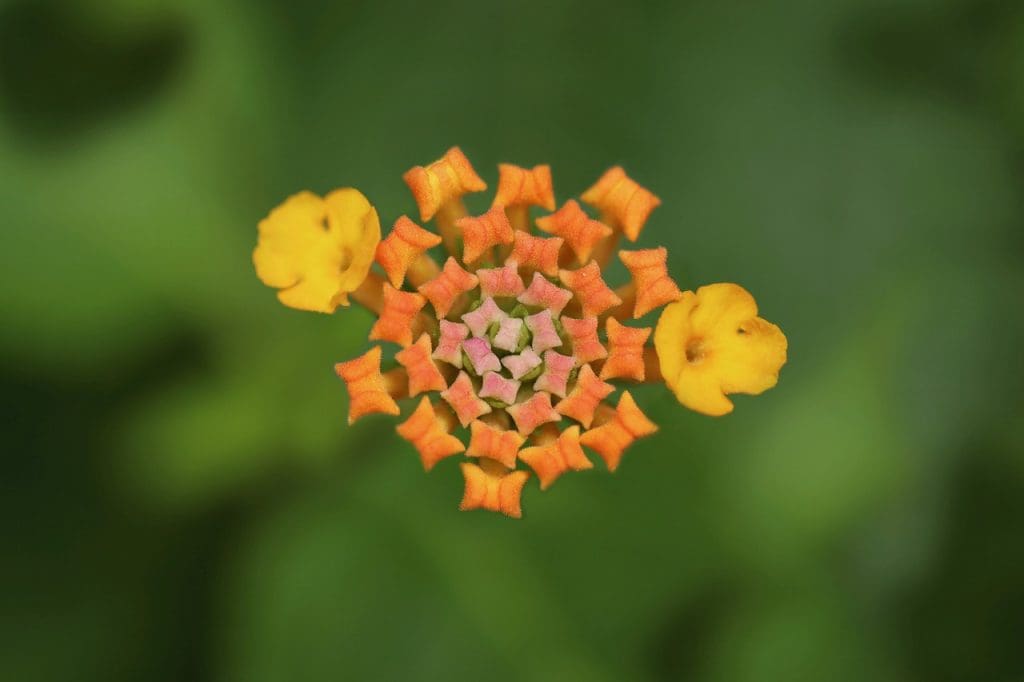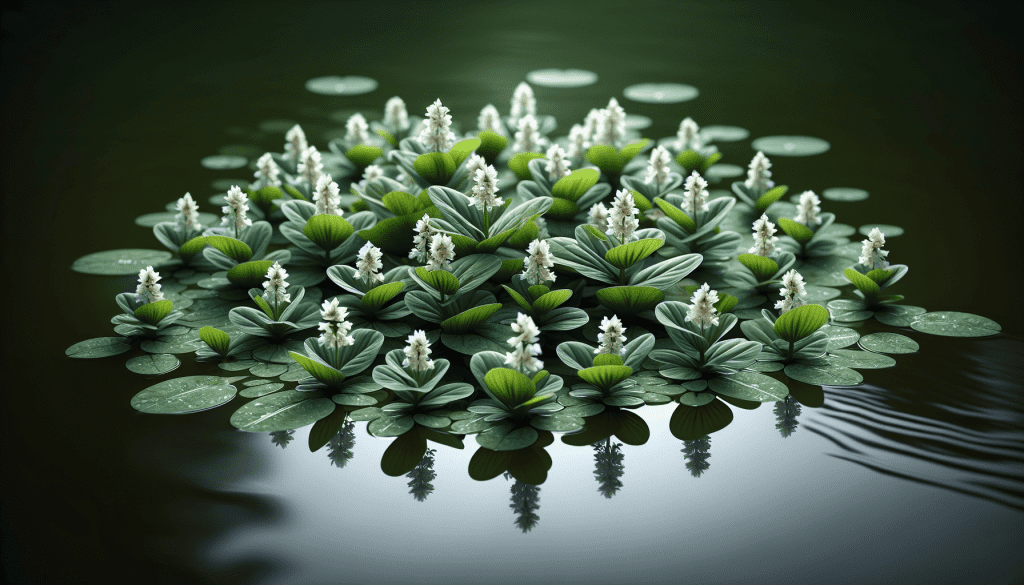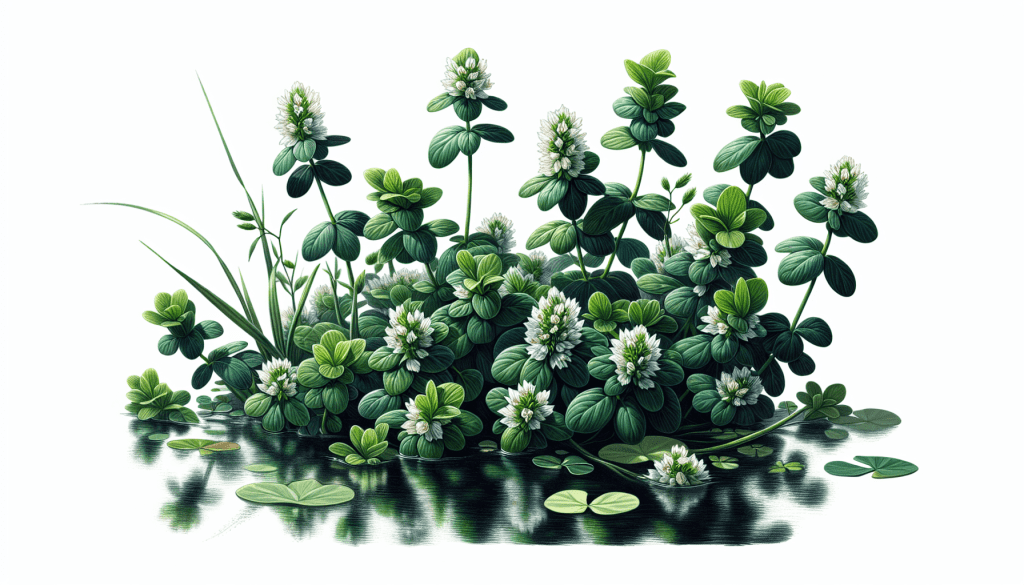Have you ever wondered how to identify a potentially harmful plant sneaking into your agricultural land? Recognizing alligator weed can be crucial for maintaining the health and productivity of your fields. In this guide, we’ll explore what makes alligator weed an invasive threat and how you can spot it early to prevent it from taking over your valuable crops.

Understanding Alligator Weed
Before you start identifying alligator weed, it’s important to understand what it is and why it matters to farmers and landowners. Alligator weed, scientifically known as Alternanthera philoxeroides, is a perennial herbaceous plant belonging to the Amaranth family. Native to South America, this invasive species has spread to various countries, often becoming a major agricultural pest.
Why is Alligator Weed a Problem?
Alligator weed poses significant problems for several reasons. First, it grows rapidly and can form dense mats on water surfaces or soil, which can outcompete native vegetation for sunlight and nutrients. This characteristic not only disrupts local ecosystems but also leads to a reduction in biodiversity.
In agricultural settings, alligator weed competes directly with crops for essential resources. Its presence can lead to reduced crop yields and increased costs for control measures. Furthermore, when alligator weed establishes in aquatic environments, it can clog irrigation channels and water bodies, affecting water management and supply.
Common Areas of Infestation
Knowing where to look for alligator weed can significantly aid in early identification. This plant often infests areas with plenty of water such as irrigation canals, riverbanks, and wetlands. It thrives in both aquatic and semi-aquatic environments. In agricultural lands, you might find it spreading across rice paddies, pastures, and even within orchards.
Characteristics of Alligator Weed
To successfully identify alligator weed, you’ll need to recognize its physical attributes. The plant’s unique features can help distinguish it from other species.
Leaf Structure
One of the key characteristics of alligator weed is its leaves. Typically, these are simple, spear-shaped, and arranged oppositely on the stem. The leaves are generally smooth and can vary in size, often reaching up to 10 cm in length. The leaf surface is bright green and can sometimes have a slightly waxy coating.
Stems and Root System
The stems of alligator weed are hollow and can grow both prostrate and upright, depending on their environment. When growing in water, stems tend to spread out across the surface, forming dense mats. The plant’s ability to develop a robust root system even in waterlogged soils allows it to establish quickly and hinders easy removal.
Flowers
Alligator weed flowers are another distinctive feature. They are small, white, and grow in clusters. Each flower cluster resembles a clover head and appears at the end of the stems. Flowering typically occurs during the warmer months, which can help in identifying the plant during the flowering season.

Practical Identification Tips
To ensure accurate identification, consider these practical tips next time you assess your fields for invasive species.
Check for Dense Mats
Look for thick, dense mats of vegetation either floating on water surfaces or creeping along the soil. Alligator weed tends to bunch together tightly, forming impenetrable mats.
Observe Growth Patterns
Pay attention to how the plant grows. If you notice a plant with stems sprawling over the surface of the water or soil, with opposite spear-shaped leaves and small white flower clusters, there’s a good chance it might be alligator weed.
Utilize Identification Guides
Using field guides or apps that focus on local flora and invasive species can be a helpful resource. These often come with pictures and detailed descriptions which can provide additional confirmation.

Methods to Manage Alligator Weed
While early identification is crucial, knowing how to manage alligator weed once it’s confirmed is equally important to protect your crops and land.
Mechanical Control
Mechanical methods involve the physical removal of alligator weed. While effective for smaller infestations, it’s often labor-intensive. It includes hand-pulling or cutting the plant, taking care to remove the entire plant, including roots, to prevent regrowth.
Chemical Control
Herbicides can be used to control larger infestations. However, always consult with agricultural extension services or a professional to identify suitable herbicides and to follow local regulations closely. Not all chemicals are safe for all crops or water bodies, so specialized advice is recommended.
Biological Control
Introducing natural predators of alligator weed, such as the alligator weed flea beetle (Agasicles hygrophila), can help manage the plant’s growth naturally over time. However, biological control methods require careful ecological consideration.
Integrated Management
Using a combination of the above methods often yields the best results. Integrating mechanical, chemical, and biological controls tailored to your land’s specific conditions can provide sustainable management of alligator weed.

Preventing Future Infestations
Long-term control of alligator weed goes beyond identification and immediate measures. Consider these strategies to prevent future infestations:
Monitor Regularly
Consistently monitor your land for the presence of alligator weed and other invasive species. Early detection is crucial to control and minimize spread.
Promote Healthy Ecosystems
Maintaining a healthy and diverse ecosystem can reduce the invasiveness of alligator weed. Encourage the growth of native plant species and manage nutrient levels in soil and water.
Educate and Collaborate
Knowledge sharing with neighboring farms and communities can enhance awareness and lead to coordinated control efforts. Collaborative approaches are often more effective in controlling widespread invasive plant issues.

Final Thoughts
Identifying alligator weed on your agricultural land is a key step to maintaining the health of your crops and surrounding ecosystems. By knowing how to recognize it, implementing effective management strategies, and taking preventive measures, you can protect your fields and ensure sustainable agriculture for the long term. Stay vigilant, and take proactive measures to keep your land as productive and thriving as possible.
Remember, the goal is not only to identify but also to manage and prevent. Armed with this knowledge, you can face the challenge of alligator weed with confidence and effectiveness.
